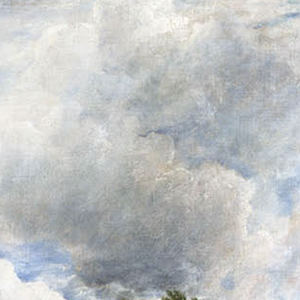Exploring the world’s iconic sports and their roots
By Jo Phillips
Sport has had a chokehold on societies across the world for centuries. If you consider the wide variety of sports in the world, there is something for everyone. From the rituals of sumo wrestling to the fast-paced nature of lacrosse, avid fans can always get behind their favourite participants or teams.
Some sports are older than others and are steeped in history and centuries of nuances and development. Let’s take a look at some of the most iconic sports across the globe and their origins.
Sumo wrestling: Japan’s ritualistic combat
One of the most traditional sports in the world is sumo wrestling and its Japanese heritage. Traditionally a male sport, sumo wrestling dates back to 710AD, but took the form still popular today in the 1600s. Basically, two competitors wrestle each other and the loser is the first to step out of the ring or to touch the floor with anything but the soles of his feet. Matches are short and explosive, showcasing the wrestlers’ strength and tactical decision-making skills.
Held every other month, spectators at a basho can see the rikishi, or wrestlers, perform ceremonial movements at the beginning of the day, before their bout and at the close of play. Throwing salt into the ring, for example, signifies purity of the sporting ring and to ward off evil spirits.
Lacrosse: The Indigenous Northern American sport
Like many sports, the history of lacrosse can be traced back to the indigenous people of North America. The first iterations of the game can be seen in the Plains Indian tribes as well as eastern Woodlands Native Americans. This sport was then adapted by European settlers to become the modern form.
Similarly to the spiritual origins of sumo wrestling, lacrosse was pre-empted by ceremonies and rituals, some starting the night before the game. Rudimentary equipment was initially used, such as sticks bent into U-shapes and later with netting attached. The balls were often wooden, or deerskin filled with hair.
Cricket: England’s summer game
When you think of a quintessentially English sport, none stand out quite like cricket. It is thought that cricket originated in the medieval period with children playing it in the Weald area. However, the first recorded mention didn’t come until the end of the 16th century.
It is likely that the children (and later adults) who played would have used items of convenience for equipment. A ball, for example, could be some wadded-up sheep wool or stone, and the bat would likely be made from a stick or early farming tool. Modern cricket bats are now seen as things of beauty, with design and craftsmanship evident in each unit.
Whilst the game of cricket hasn’t changed much over the centuries, there are variations which have gained traction in recent years. T20, for example, is a shortened version of the game which is aimed at enticing new viewers who may go on to enjoy the longer games as they become fans.
.Cent Magazine London. Be Inspired; Get Involved


